Next-Gen RFID Technology: 5 Innovations Shaping 2024 and Beyond
684Explore the future of RFID with breakthroughs like battery-free sensors, blockchain integration, and AI-driven analytics. See how these trends redefine industries.
MoreAll RFID Product
Imagine a busy hospital corridor. Nurses push medication carts, doctors move in and out of operating rooms, wheelchairs and monitors are constantly in motion. You might not notice it, but everything is “talking.”
RFID solutions medical acts as the hospital’s invisible neural network, tracking every piece of equipment, every medication package, and every patient and staff member in real time. There are no more lost devices, no more medications expiring unnoticed, and what once seemed chaotic can now be controlled.
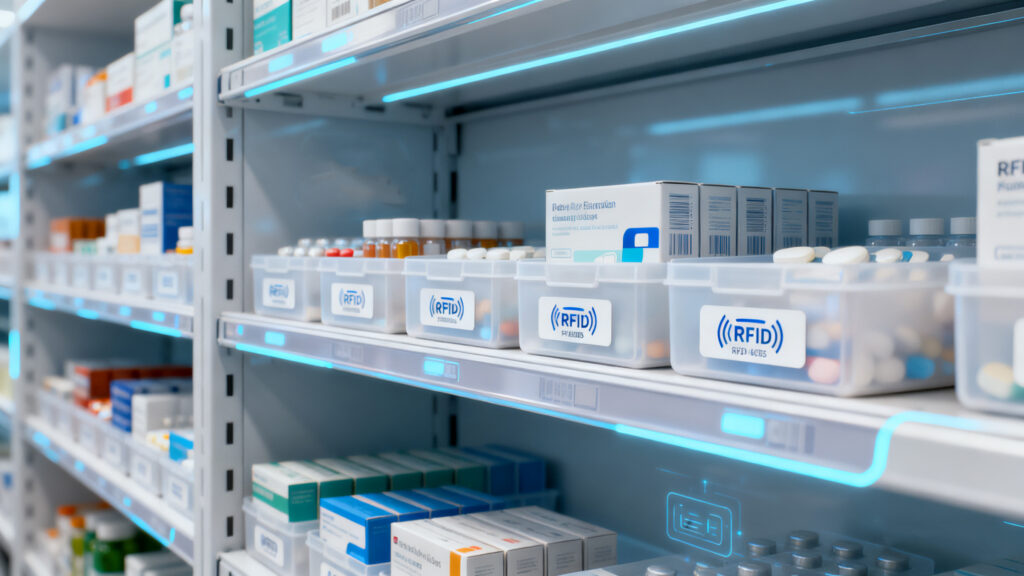
Some hospitals have measured that locating high-value equipment manually can consume hours—or even days—each week. After installing RFID tags, asset locations become instantly visible, saving time and reducing unnecessary purchases. Blood centers, operating rooms, and pharmacies benefit from smoother, safer, and more efficient workflows.
Operating rooms are high-stakes environments where every instrument matters. In the past, nurses and doctors had to repeatedly verify whether instruments were complete, sterilized, and returned correctly; even a small mistake could cause risk.
Now, every surgical instrument carries a small RFID tag, like a personal ID card. After surgery, the system automatically reconciles all instruments, eliminating manual double-checking.
Some hospitals go even further, embedding RFID in consumables and components—from tubing and connectors to disposable reagents—so every step is recorded. Surgeries run more smoothly, staff stress decreases, and patient safety improves. That’s the power of RFID in action.
Pharmacies are stacked with medications, and traditional management is time-consuming and error-prone. With RFID tags, each medication can “speak,” showing when it arrived, when it was used, and when it will expire.
The results are striking: automatic inventory counts, accurate dispensing, real-time inventory analysis, and predictive planning for future demand. Some children’s hospitals track high-value medications to ensure every patient receives the right dose at the right time. Emergency departments extend RFID management even to home hospital programs, improving both efficiency and patient satisfaction.
Blood management benefits too. Every step—from collection to transfusion—is tracked, reducing waste and minimizing medical errors.
Beyond surgical instruments and medications, RFID improves management of wheelchairs, beds, monitors, IV pumps, and other high-value assets. Hospitals can quickly locate needed equipment, increase utilization, and prevent loss or misplacement.
Smart shelves and RFID-enabled cabinets further simplify inventory management. Equipment usage is automatically logged, preventing theft or misuse. This allows healthcare workers to focus more on patient care instead of managing assets.
RFID isn’t just watching objects—it also watches people. Patients wearing tiny RFID tags have their location and treatment status monitored in real time. Emergency response becomes faster, nursing care more efficient, and wait times shorter.
By linking patients, equipment, and medications, hospitals create a transparent “nervous system” for healthcare workflows. From admission and checkups to surgery and discharge, every step is tracked and recorded. This improves hospital management precision and gives patients peace of mind.
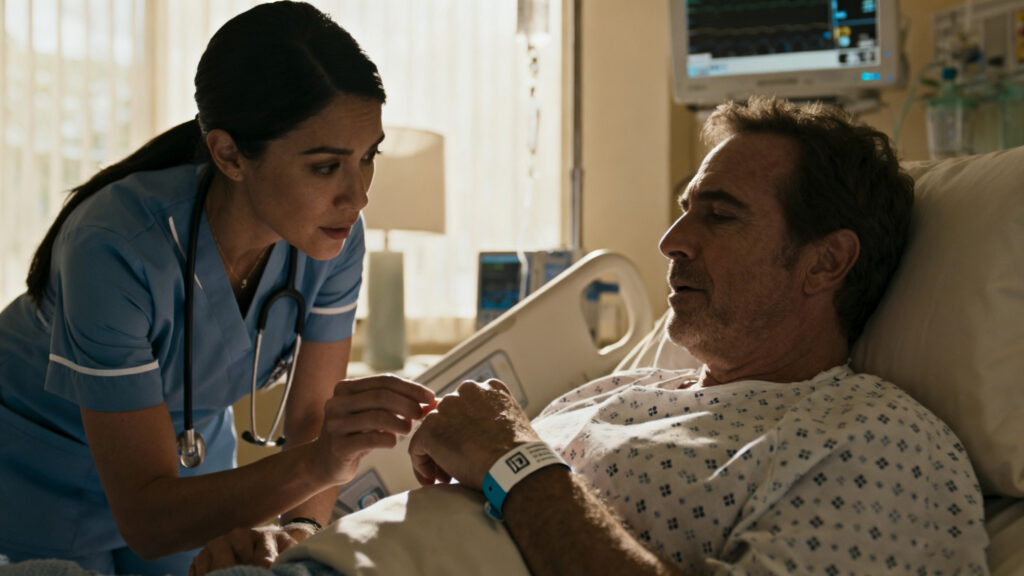
Healthcare demands strict safety and regulatory compliance. RFID ensures that every device, medication, and blood product is tracked throughout its lifecycle. Hospitals can easily meet FDA and other regulatory requirements, such as Unique Device Identification (UDI) and drug traceability.
RFID also controls access. Only authorized personnel can operate specific instruments or access certain medications, further enhancing safety. This invisible protection gives patients and staff an extra layer of security.
As hospitals add more devices, medications, and wearable health technology, RFID solutions medical becomes even more critical. It is not just a tracking tool—it is the hospital’s invisible brain, monitoring, analyzing, and alerting in real time to make healthcare faster, more accurate, and more humane.
In the future, RFID may combine with AI and IoT to predict inventory, optimize care workflows, and even detect potential risks in advance. When you walk into a hospital, you may not notice it—but every successful surgery, accurate medication, and reassured patient owes its safety to this invisible guardian.
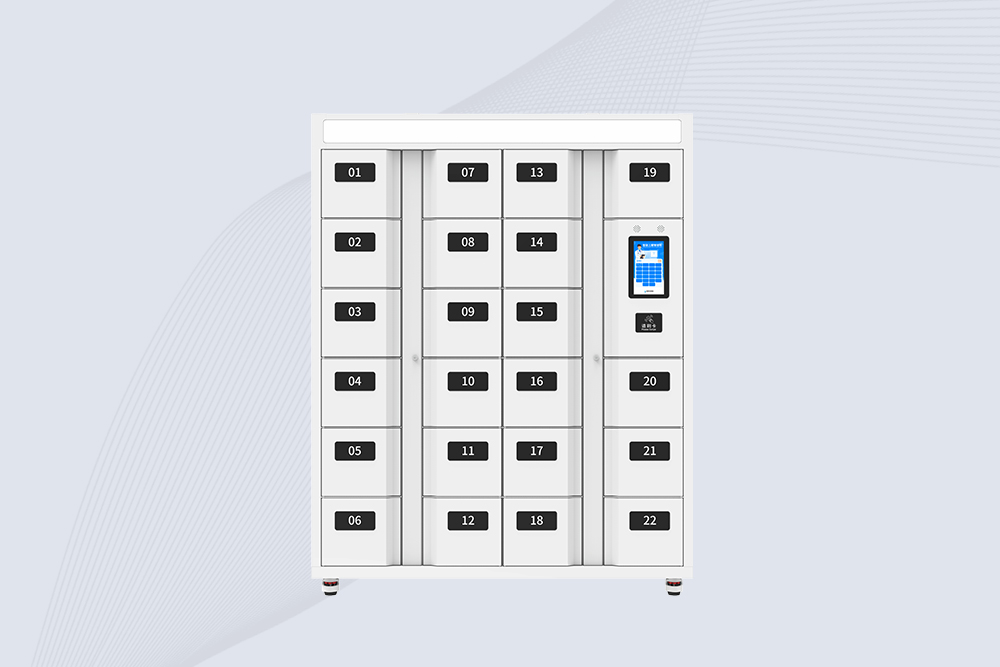
Cykeo CK-G2224 rfid linen management cabinet features modular lockers, 10.1″ Android screen, and 200+/sec scanning for hospitals/hotels. SAP/Oracle integration.
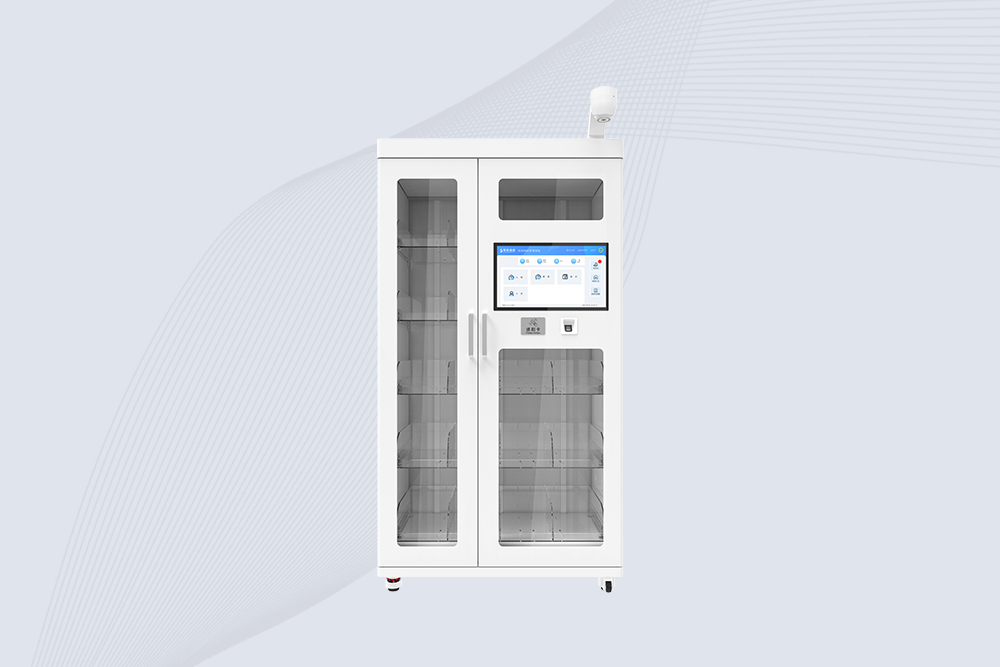
Cykeo’s RFID high-value consumables cabinet offers 500-implant capacity, FDA compliance, real-time Epic sync, and theft prevention for ORs/surgery centers.
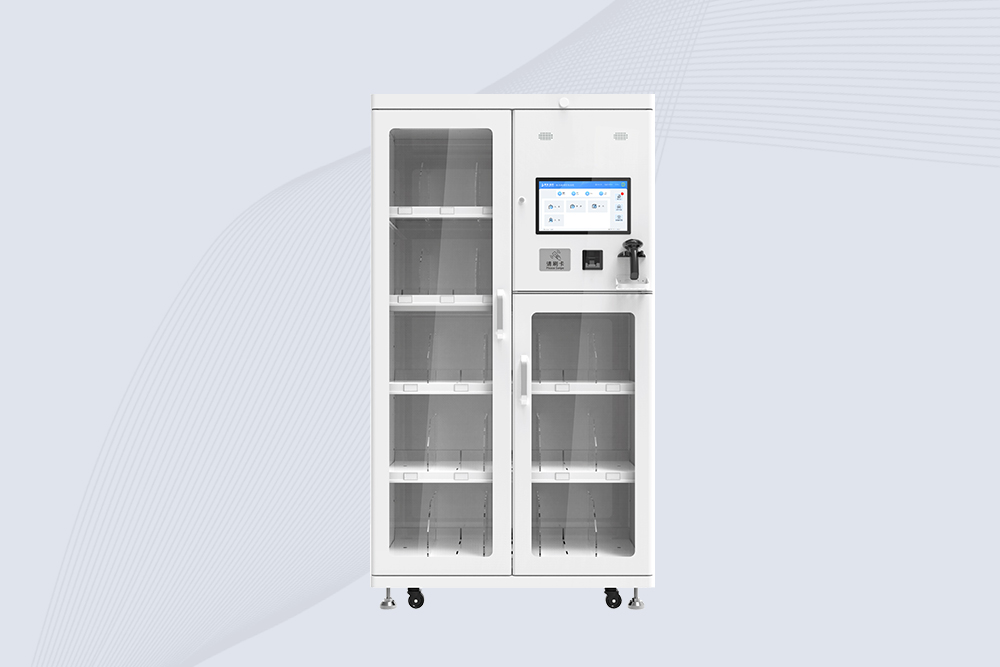
Cykeo’s low-value consumables cabinet offers 5-tier storage, HIPAA encryption, FDA compliance, and SAP integration for hospitals/clinics. Reduces stockouts by 70%.
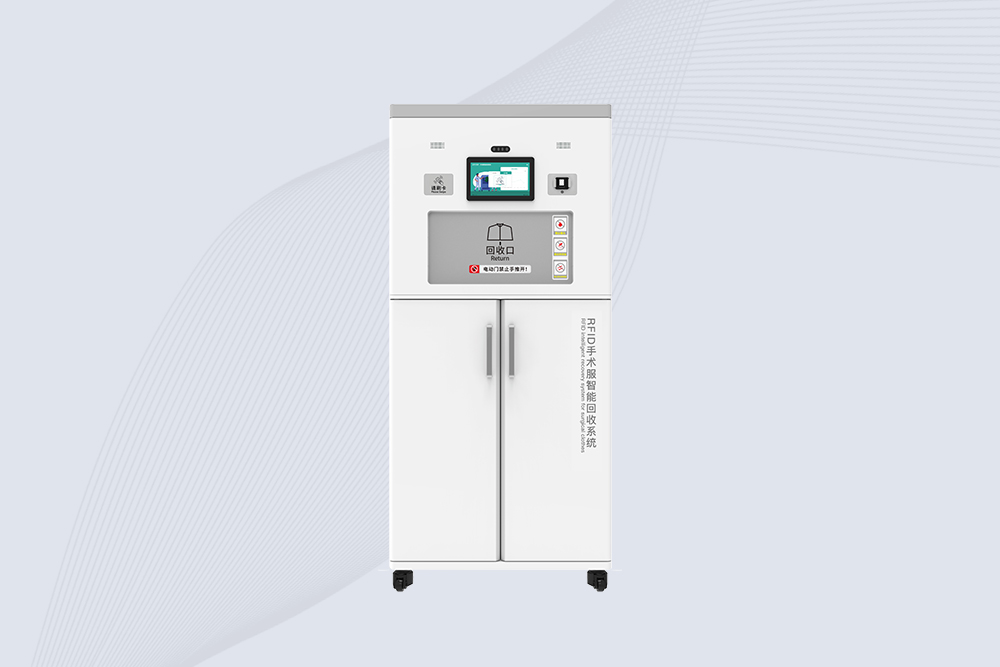
Cykeo’s RFID scrub return cabinet offers 50-gown batch scanning, HL7 integration, UV decontamination, and JCAHO compliance for hospitals/surgical centers.
Explore the future of RFID with breakthroughs like battery-free sensors, blockchain integration, and AI-driven analytics. See how these trends redefine industries.
MoreDiscover how a hospital parking system using RFID improves emergency vehicle access, speeds up gate operations, and organizes staff and visitor parking through touchless automation and smart data tracking.
MoreAndroid RFID Emulator improves testing and debugging efficiency, but it also introduces security risks in real-world enterprise applications, such as illegal emulation and UID spoofing. This article analyzes how it works, uncovers potential threat...
MoreCykeo 2024 Shanghai International IoT Exhibition "AIoT+X, unleashing the potential of the digital economy", this April, Shanghai once again became the focus of the technology field. April 24th to 26th, the high-profile IOTE 2024 21st Inter...
More